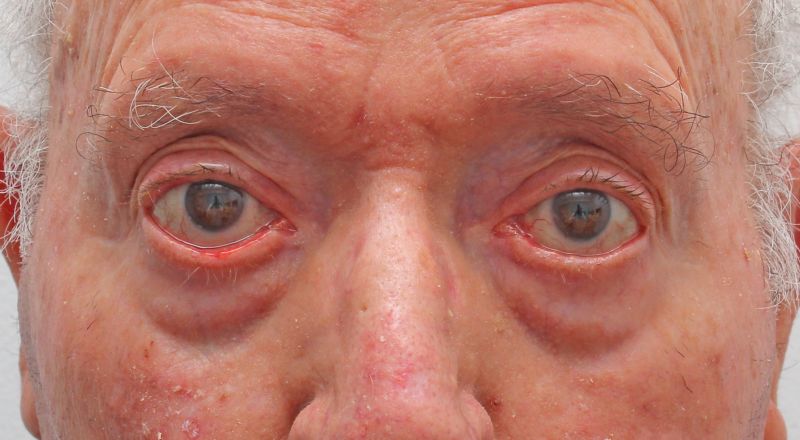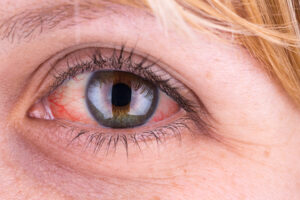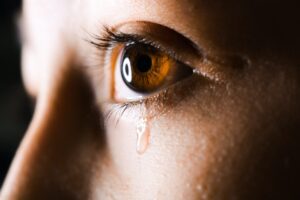Eye diseases
Ectropion

What is ectropion?
Ectropion is an eye disease characterised by a poor position of the lid edge, which causes the eyelid to turn outwards, leaving the eye surface exposed. Generally speaking, it affects only the lower eyelid and only one segment, although there are cases in which the whole eyelid is turned.
This poor position means that the eyelids do not fit properly into the blink and that, as a result, tears cannot be properly distributed on the eye surface.
If left untreated, ectropion can lead to infections, abrasions, ulcers or scars on the cornea, due to its greater exposure to the outside world. For this reason, it is important that we act as soon as possible to avoid serious complications and eye damage that may become permanent.
Symptoms
Causes and risk factors
Treatment
You may also have mucous discharge (rheum).
Do not confuse ectropion with entropion, which causes similar discomfort and occurs when the eyelid turns in the opposite direction, i.e. inward.



